Why do parrots repeat human speech?
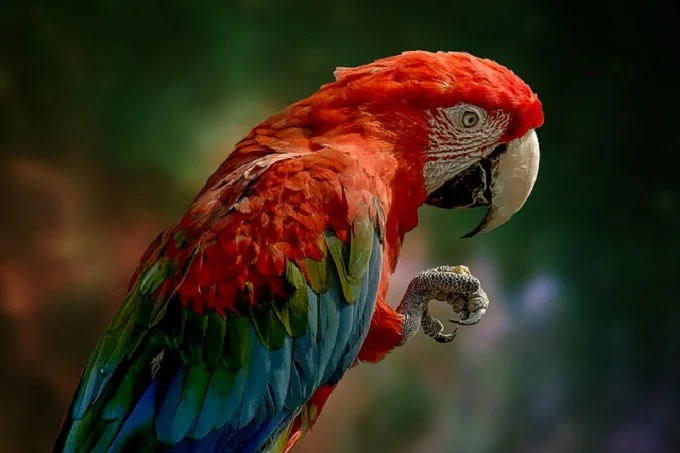
The capacity of parrots to communicate is the most intriguing aspect about them. Even our nearest cousins, chimps, are unable to replicate human speech. This sparked a debate among scientists over how parrots learn to communicate.
Because of the way their brains developed, parrots can talk like humans. They have a unique brain connection that enables them to comprehend and replicate sounds more accurately than other animals. They don’t have lips; therefore, they use the muscles in their throat to produce vocalization. To boost their chances of survival, wild parrots imitate other birds and predators. Parrots were trained to employ formal language and contextual signals in the lab.
This indicates that certain parrots can comprehend and speak the human language the same way humans can. As science advances, we may one day have compelling proof that parrots can communicate similarly to humans. For the time being, we may assume that pet parrots can only imitate human speech and noises.
What are the preferred languages of parrots?
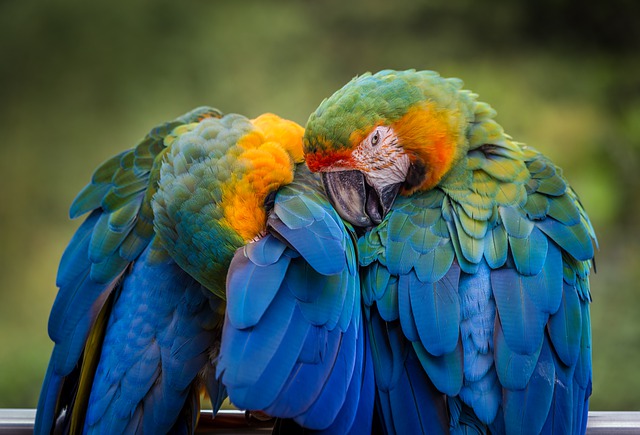
Parrots do not have a preferred language. They are capable of speaking any language that has been taught to them. They can even talk in more than one language. They can distinguish all of the noises that humans have taught them.
There are exceptions to this rule. Parrots, for example, are unable to acquire sign language. It’s not a spoken language, and parrots don’t have arms, so nature restricts them. Parrots are only allowed to speak roughly 150 of the world’s 7,000 languages. They can, however, communicate well in practically any other spoken language.
The parrot, regardless of language, is unable to converse with humans properly. They may, however, learn a large number of words and a particular context. The explanation for this is due to how parrots mimic. This is owing to their brain’s distinct structure.
What is it about parrots that they repeat whatever you say?
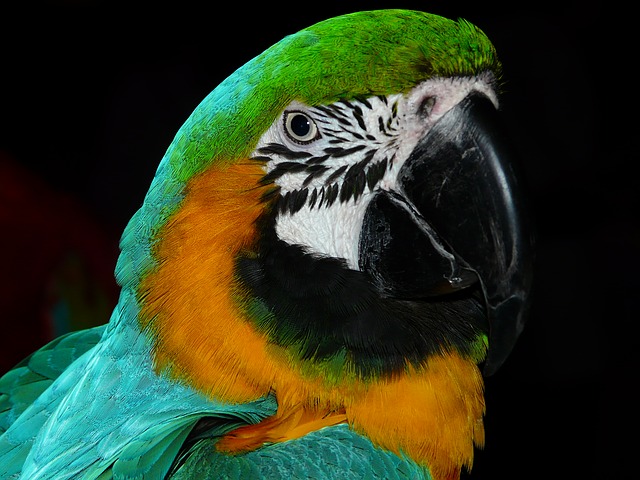
Because their minds are similar to ours, parrots mimic and repeat words. Mammals, for example, have two crucial regions of the human brain:
- Bark
- Cerebellum
The cerebellum controls voluntary motor activities. The cerebral cortex is in charge of:
- Perception
- Information from the senses
- Language
- Memory
These two areas of the brain operate together when we talk. They provide us with the ability to speak and communicate. The cortex and cerebellum, on the other hand, are separated by a large distance. They need to be linked via a brain highway to collaborate. This is where information between the two locations should be readily transferable. The nuclei of the pons are the nerves that run along this line.
Parrots have complex brains. They were able to acquire complicated cognitive capacities thanks to a range of various brain linkages. As a result, University of Alberta researchers theorized that parrots had big bridge nuclei. This would enable them to communicate in a human-like manner.
They discovered that this was not totally accurate after further investigation. Parrots have a medial spiral nucleus instead of a pontine nucleus. The medial spiral nucleus serves the same purpose as the pons nucleus. The latter is exclusively found in birds, whereas the former is only found in mammals.
The cerebral cortex of parrots is similar in size to that of primates. As a result, they have the largest medial spiral nucleus of any bird. Parrots can learn vocalizations so quickly because of this well-developed brain circuit.
The number of cells in the mantle was examined by scientists. The cerebellum is protected by gray and white matter. All mammals had the same amount of cells, whereas various groups of birds had varying numbers. Most cells were found in parrots.
How did parrots develop such a complicated nervous system?
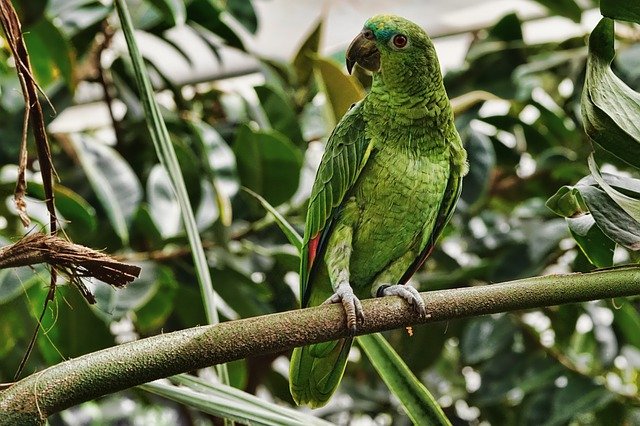
As a consequence, how did they learn to speak? This is still a puzzle. Some think they were successful because of their long lives. Others say that they could not have survived as long as they did without their intellect.
Why do parrots speak while other animals do not?

Even monkeys can’t compete with parrots when it comes to mimicking human speech. They are unrivaled by any other wild animal. The following are the primary reasons:
- How developed is the medial spiral nucleus in parrots
- How underdeveloped are the pontine nuclei in mammals such as dogs, cats, and rabbits
Researchers revealed that parrots could dance in a human-like manner. This indicates that parrots are capable of:
Recognize a creature with a different body than their own.
- Recognize the pattern of movement
- Rep these movements on your own body.
Parrots use sensory information in the cerebral cortex. They make a comparison to the cerebellum’s voluntary motor function. Consequently, parrots can imitate what they hear and have sufficient control over their vocal cords to communicate.
How can parrots communicate without using their lips?
Parrots may also use this nerve link to regulate their neck muscles. They do so in a manner that allows them to replicate sounds easily.
The nuclei of the bridge are less developed in other animals, such as monkeys and chimps. As a result, the control over the throat muscles isn’t as good as it might be. It makes no difference that they have lips and parrots do not.
Is it possible for a parrot to teach another parrot to speak?
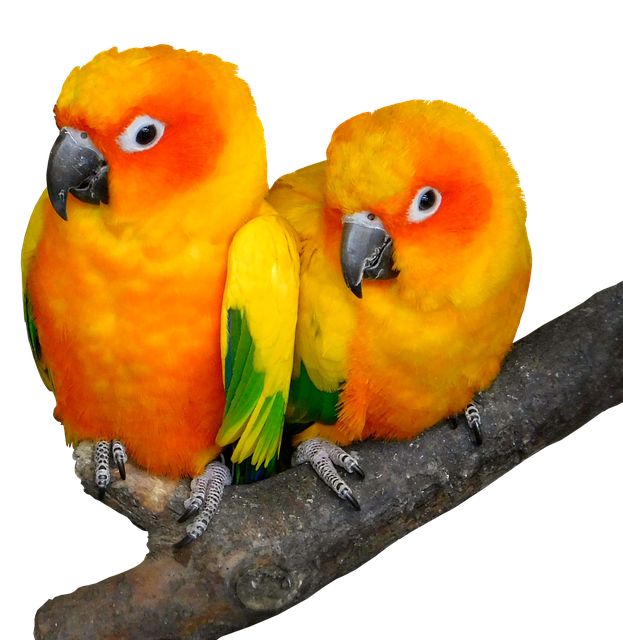
Humans aren’t the only ones that teach parrots new words. One talking parrot can teach his cage mate these words at home. Playing footage of other birds talking may also help parrots adapt to speech more quickly. It is simpler for them to adapt to the parrot’s tongue language than it is for them to adapt to human pronunciation.
Even budgies (one of the tiniest parrot species) communicate daily. Even in the wild, this may be witnessed. All creatures use sound to communicate with other members of their species. The majority of these noises are made intuitively. Only a handful of them is passed on from parents to children. The parrots turn the script at this point.
The noises that parrots create are instinctive. They learn to communicate with other parrots by copying them for the most part.
Other animals have a rudimentary vocal communication system that they use to communicate specific emotions. Parrots, on the other hand, can dive far deeper. They have huge brains and a complicated neural network. As a result, they can learn and reproduce noises made by birds in their flock and birds from neighboring regions. As a result, regional dialects are frequent among distinct flocks of wild parrots.
Why did parrots get the ability to communicate?
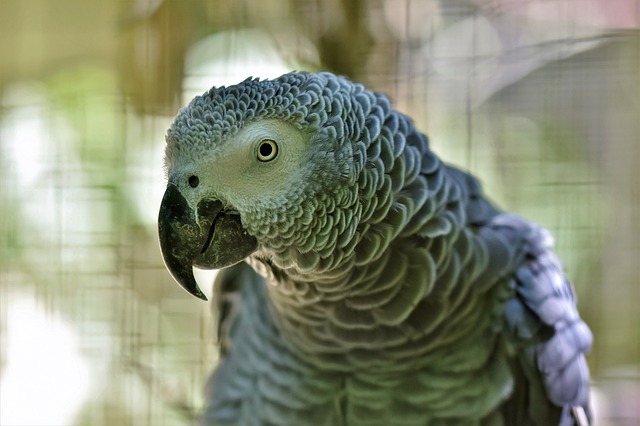
Speech has benefits in terms of evolution and survival. Parrots have all of the essential intellect to communicate at a higher level. As a result, they developed the ability to communicate, make life simpler for themselves, and survive as a group. The following are the most prevalent applications of this talent by wild parrots:
Pass cortex
Other animals cannot communicate their emotions as deeply as parrots can. A cat may hiss at a predator, for example, to alert other cats that it is in danger. Other cats, on the other hand, will be unaware of the scenario.
Parrots have an excellent memory. They can name items and situations using their voices. This is accomplished by adjusting the neck muscles to produce a larger frequency range. When presented with certain conditions, good or unpleasant, certain tones will provide context to other parrots.
Pairing
Parrots are far more selective than other animals when it comes to finding a partner. This is thought to be owing to their remarkable capacity to communicate. Not only must the male parrot be healthy in order to be picked. it should also impress its soul mate vocally by copying nice noises that it may like.
Avoid them and seek out others
Each pack will speak in its language. Individual birds belonging to a flock and birds from different places become simpler to distinguish. Parrots may use this to locate (or avoid) other birds.
Improved communication
Have you ever been in the presence of a group of wild parrots? If you have, you are aware of how loud it can be. They are more sensitive to noises that they routinely employ.
Social transfer
The parrot will sometimes abandon its group. They cannot live alone since they are sociable animals. They’ll search for another flock to take them in right away. Parrots are fast to pick up new skills. The exiled parrot imitates the speech of parrots from another location after spending time with them.
Is it true that parrots mimic other animals?
Parrots replicate not just their look but also the appearance of other creatures. When a predator approaches, the parrots imitate the noises of the predator’s prey animal.
Is it possible for parrots to comprehend what they’re saying?

Parrots may or may not comprehend language, according to researchers. There is compelling evidence that parrots, like humans, have the cognitive capacity to speak. The hypotheses, on the other hand, are not specific. Most pet parrots, according to researchers, don’t truly grasp what they’re saying. They do nothing except mimic.
On the other hand, some parrot species have a high degree of cognitive capacity and can grasp what humans are saying. A good example is the African gray parrot. Their powers are as follows:
- Possess a large vocabulary
- Depending on the scenario, mix and match words.
When do parrots begin to communicate?

Each bird species has a distinct cognitive capacity from the others. Some individuals begin repeating words as early as a few months of age. Others wait until they are a few years old to talk.
- 12 to 18 months for African gray parrots
- Budgerigars are 16 weeks old
- 2 to 3-year-old cockatoo
- 3 to 12 months for Amazon parrots.
Male parrots talk faster and more often than female parrots. Because guys must impress ladies to get their attention, this is the case.
Parrots that have been traumatized or are under a lot of stress may have difficulty imitating in the future. A common example is wild parrots collected for profit.
They can only scream once they’ve been hurt. Stress impairs their cognitive and emotional capacities, making them harder to teach. When it comes to training parrots to communicate, the following factors are particularly important:
- They’ve had them since they were children.
- Before the owners bought it, the parrot had a healthy existence.
What is the best way to train a parrot to speak?
This is not an issue if you want to educate your parrot to mimic.
A few simple words
If your parrot is young and learning to talk for the first time, start with basic words. They will learn to mimic others and enunciate lengthier words over time.
Repetition
Human newborns pick up their first words by replicating the sounds they hear daily. Similarly, parrots imitate the most common words they hear. Use the word or phrase that you wish your parrot to learn. His vocabulary will grow over time.
Association
Make the parrot link this term with the following:
- An object
- Action
- Sound
- Expression
If parrots can link the word to what they see or hear, they can copy it quicker. Before repeating the term, be sure to perform the movement, make a sound, and elevate the item to eye level.
Subsequence
When it comes to teaching a pet, consistency is crucial. Of all, parrots have incredible memories, and they may sometimes acquire a word or phrase after just hearing it once. However, you may need to educate your parrot regularly before it can speak what you want.
Patience
It will not always be simple. Some parrots are obstinate and refuse to repeat what you say. Others have gone through severe situations that have harmed their mental capabilities. In any case, be patient with your bird. If you push him too hard, he may refuse to talk.
Confidence
If your bird has faith in you, it will be more inclined to copy. Spend some time with it if you’re a new owner and want to teach him how to talk straight away. Parrots in the wild often imitate noises that they like or that they link with positive experiences. Your parrot will copy you day after day after he learns to love you.
Positive reinforcement is really important
When it comes to eating, parrots have more incentive than any other living species. To reinforce its good behavior, feed it when it says anything.
Make your teachings brief
The parrot will not learn anything if it becomes boring. There’s also a chance that after a lengthy period of speech training, your parrot may feel under strain. Lessons should last no more than 10 minutes each day and be given when your parrot is at its most active.
How long does it take a parrot to learn to speak?
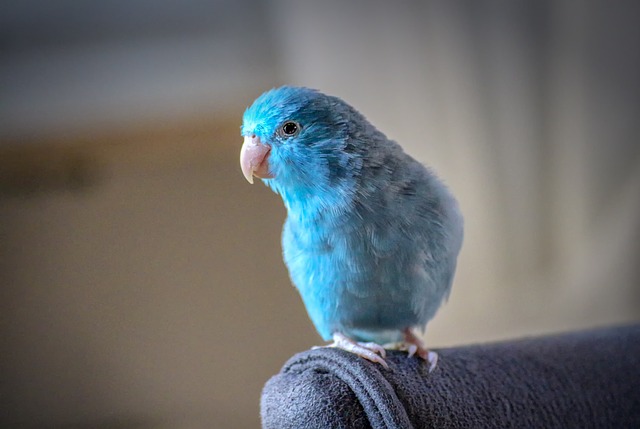
The parrot selects words at its leisure. This may take weeks or months, depending on gender, species, and origin. The majority of parrot species need at least a year to develop distinct, meaningful sentences.
More intelligent parrots may pick up individual words in a matter of weeks. They may, however, sound warped and have only a passing resemblance to the original term. The parrot will be able to imitate more efficiently with more practice and refinement.
Because parrots are very clever, they can communicate in human-like ways. Parrots will always profit from the companionship of a more experienced companion if they desire to acquire this intelligence.




